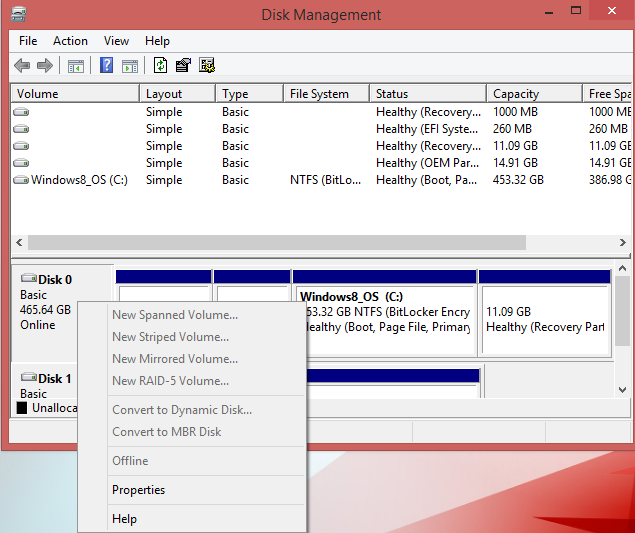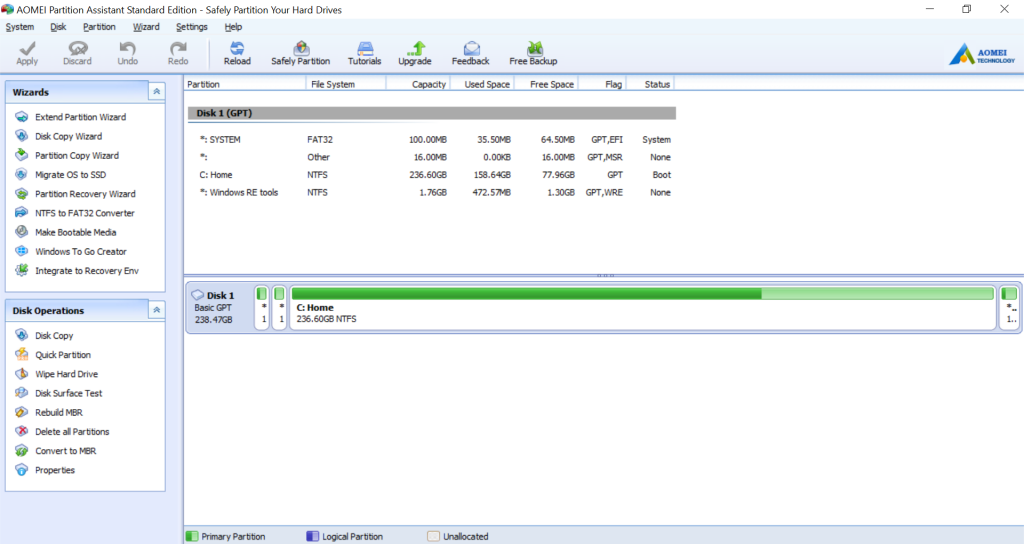

- #Create boot partition windows 10 how to
- #Create boot partition windows 10 windows 10
- #Create boot partition windows 10 license
- #Create boot partition windows 10 iso
Once these steps are completed, the tool will start to download the latest Windows 10 installation files to your device. Choose your USB flash drive from the list, then ”Next”. In this window, select "USB flash drive" and click on "Next". Step 3.Choose the language, edition, and architecture (64-bit or 32-bit) for Windows 10.
#Create boot partition windows 10 iso
Select the "Create installation media (USB flash drive, DVD, or ISO file) for another PC option", and click on "Next".
#Create boot partition windows 10 license
Lauch the MediaCreation Tool on your computer and click "Accept" to agree to the applicable license terms. To create a USB installation media for UEFI device via this methods, first connect an empty USB of at least 8 GB to your computer and download the Media Creation Tool on the Microsoft support website. ✔1. Create bootable USB via Microsoft Media Creation Tool Next we will walk you through the steps to create a bootable USB drive for UEFI computers. If you create the bootable USB drive with the purpose of installing Windows 10 on a computer using UEFI firmware types, instead of BIOS, there are two common methods to complete the task: one is using the Microsoft Media Creation Tool to download the files onto the Windows ISO files onto the USB the second one is using the diskpart commands to mount the ISO files onto the removable storage.
#Create boot partition windows 10 how to
Nevertheless, I don’t know what I should do? Is there anyone who can give me a detailed tutorial on how to make UEFI boot USB of Windows 10?” 2 Ways to create UEFI bootable USB of Windows 10 for installation Now I want to create a Windows 10 bootable USB and manage to boot my computer from it. “I have a Windows 10 based Dell computer with UEFI boot mode. If you like this article, do check out how to format the USB drive using command prompt commands and how to create Windows 10 USB installer.Need to create UEFI boot USB of Windows 10 As you can see, it is rather easy to partition a USB drive in Windows 10 using built-in tools. You can use these partitions as you wish. Of course, no matter what computer or operating system you plug in the USB drive, you will see the partitioned USB drive rather than a single drive. If you open the file explorer, you will see two new partitions appear in the file explorer. You’ve successfully partitioned USB drive in Windows 10.ġ4. In my case, I’m allocating all the remaining space to a new partition.ġ3. So, go through step 5 through 10 again and create a new partition according to your need. Of course, apart from the partition we just created, all the other space is marked as unallocated.ġ2. You will now see a partitioned USB drive in the Windows disk management tool.

Simply enter the name of your choice in the Volume Lable field. Also, you can name the partition anything you want. If you don’t know what to choose, let the defaults be. Now, select the file system of your choice. Here, assign a new drive letter or let the default be and click on the Next button.ĩ. In my case, I want the first USB partition to be around 4.5 gigabytes.Ĩ.

In this window, enter the space you want the first USB partition to be in MBs (megabytes) in the “Simple Volume size in MB” field and click the Next button. The above action will open the volume creation wizard. Now, right-click on the unallocated volume and select New Simple Volume option.Ħ. As soon as you click on the yes button, Windows will delete the volume In the disk management tool, you will see that space is marked as Unallocated.ĥ. You will see a warning message telling you that the data in the USB drive will be lost.


 0 kommentar(er)
0 kommentar(er)
